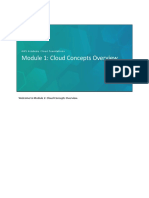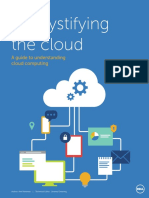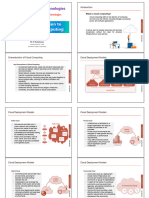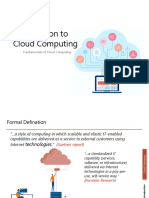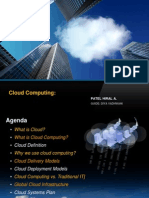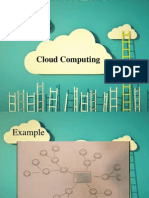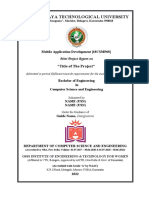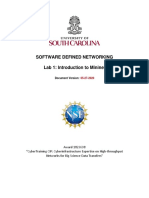0% found this document useful (0 votes)
231 views46 pagesCloud Computing Fundamentals Guide
Cloud computing provides on-demand access to shared computing resources like networks, servers, storage, applications and services over the internet. It offers elastic scalability, pay-as-you-go pricing and self-service access. The three main service models are Infrastructure as a Service (IaaS), Platform as a Service (PaaS) and Software as a Service (SaaS). Clouds can be deployed as public, private or hybrid and responsibility is shared between customers and providers.
Uploaded by
Pradhapan KalivaradanCopyright
© © All Rights Reserved
We take content rights seriously. If you suspect this is your content, claim it here.
Available Formats
Download as PDF, TXT or read online on Scribd
0% found this document useful (0 votes)
231 views46 pagesCloud Computing Fundamentals Guide
Cloud computing provides on-demand access to shared computing resources like networks, servers, storage, applications and services over the internet. It offers elastic scalability, pay-as-you-go pricing and self-service access. The three main service models are Infrastructure as a Service (IaaS), Platform as a Service (PaaS) and Software as a Service (SaaS). Clouds can be deployed as public, private or hybrid and responsibility is shared between customers and providers.
Uploaded by
Pradhapan KalivaradanCopyright
© © All Rights Reserved
We take content rights seriously. If you suspect this is your content, claim it here.
Available Formats
Download as PDF, TXT or read online on Scribd
/ 46
